How to Make a Delicious White Mornay Sauce
Mornay sauce is basically a rich, cheesy upgrade to the classic Béchamel sauce. If you love creamy, velvety textures and cheesy goodness, Mornay is your go-to sauce.
It starts with the trusty Béchamel—a simple white sauce made from butter, flour, and milk. Béchamel is like the blank canvas of French sauces, smooth and creamy but pretty mild on its own.
What makes Mornay special is the addition of cheese—usually Gruyère, Parmesan, or a mix of both—which melts into the Béchamel to create a luscious, flavorful sauce perfect for elevating dishes.
Mornay sauce is super versatile. It’s amazing over vegetables like cauliflower or asparagus, fantastic in gratins, and a classic partner for eggs, fish, or chicken. Its cheesy, creamy texture adds that perfect cozy touch to any dish.
The best part? It’s straightforward to make at home, requiring just a few ingredients but delivering a big flavor boost.
In this post, I’ll walk you through a simple Mornay sauce recipe and share tips to get that smooth, creamy texture with just the right cheesy punch. Whether you’re making a fancy dinner or just jazzing up leftovers, this sauce will become a kitchen favorite in no time!
Mornay Sauce Recipe
Ingredients
- 3 tablespoons butter
- 3 tablespoons all purpose flour
- 1 ½ cups milk
- pinch nutmeg ground
- salt and pepper to taste
- 2 ounces hard cheese grated, (Gruyère, Swiss, Cheddar, Parmesan)
Instructions
- Heat a medium-sized saucepan over medium-high heat, and when hot, add the butter.When the butter melts, add the flour and start whisking. You want to be careful not to let the butter burn or the flour turn brown. It's only going to take a minute to a minute and a half for the roux to start turning a pale yellow.
- Slowly add the milk in a stream while constantly whisking and whisking some more. Bring the sauce to a boil, immediately lower the heat to a simmer, and continue cooking for 3 to 4 minutes, being careful not to let the sauce burn by whisking frequently.
- Remove the pan from the heat and add the nutmeg; season with salt & pepper and stir. You now have a bechamel sauce.
- Off heat, add the grated cheese, and whisk until all the cheese melts into the sauce. It should be thick and smooth.
- Taste and adjust the seasoning with salt & pepper, and you now have Mornay sauce.
What to Serve Mornay Sauce With
Mornay sauce is a versatile and flavorful sauce that can be served with various dishes to enhance their taste. Some common pairings include:
Dish Category | Description |
Top baked or grilled chicken breasts with Mornay or mix it into a chicken casserole for extra richness. | |
| Croque Monsieur/Madame | Essential in Croque Monsieur sandwiches and Croque Madame, which adds a fried or poached egg on top. |
| Eggplant or Zucchini Bake | Layer sliced eggplant or zucchini with Mornay sauce for a rich vegetable casserole. |
| Eggs | Use in Eggs Mornay—poached eggs topped with Mornay sauce for a classic French breakfast or brunch. |
| Grains | Drizzle on rice or quinoa for a flavorful and creamy grain dish. |
| Lasagna | Add Mornay sauce as a cheesy layer in place of or alongside béchamel in lasagna recipes. |
| Macaroni and Cheese | Use Mornay sauce as a base for classic homemade mac and cheese—add extra cheese and bake. |
| Pasta | Toss Mornay sauce with cooked pasta for a rich, creamy, and cheesy dish. |
| Potatoes | Spoon over baked or mashed potatoes to make them decadently cheesy and creamy. |
| Quiche | Incorporate Mornay sauce into quiche fillings for extra creaminess and cheesy flavor. |
| Seafood | Serve Mornay sauce over baked or grilled fish, shrimp, or scallops for a luscious finish. |
| Stuffed Mushrooms | Use Mornay sauce as part of the stuffing mix or drizzle over baked mushrooms. |
| Vegetable Gratin | Combine Mornay sauce with thinly sliced potatoes or root vegetables, then bake for a creamy gratin. |
| Vegetables | Pour over steamed or roasted veggies like broccoli, cauliflower, asparagus, or spinach to add cheesy flavor. |
These are just a few examples, and the versatility of Mornay sauce allows for creativity in the kitchen. It can be adapted to suit various dishes and cuisines, making it a popular choice for home cooks and chefs alike.
Restaurants use it to turn a simple steamed vegetable like broccoli or cauliflower into something “gourmet.” Speaking of gourmet, how about macaroni & cheese? As easy as this sauce is to prepare, you can make the most fantastic mac & cheese at home, even better than the stuff in the box.
That’s right, even better than the brand we grew up with and served our children. Not that there is anything wrong with mac & cheese from a box, but making it from scratch with Mornay sauce is exceptional.
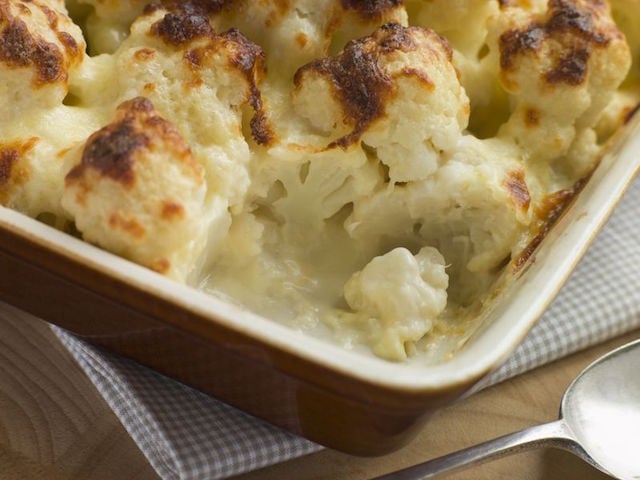
Cooking Tips
Cooking Tip | Why It’s Important |
| Use fresh, high-quality cheese | Fresh cheese melts better and gives the sauce a richer flavor. |
| Grate cheese finely before adding | Finely grated cheese melts smoothly without clumping. |
| Add cheese off heat or on very low heat | Prevents cheese from overheating and becoming grainy or oily. |
| Stir constantly while adding cheese | Ensures even melting and prevents lumps in the sauce. |
| Make a smooth béchamel base first | A smooth béchamel creates the perfect creamy foundation. |
| Use whole milk for béchamel | Whole milk provides creaminess and richness. |
| Cook the roux (butter + flour) properly | Proper roux cooking removes raw flour taste and thickens well. |
| Season béchamel before adding cheese | Proper seasoning balances flavors before cheese changes taste. |
| Avoid boiling after adding cheese | Boiling can cause the sauce to break or curdle. |
| Serve immediately or keep warm gently | Mornay sauce can thicken or separate if cooled too much or reheated harshly. |
What Cheese To Use
From everything I’ve found on the Internet, the cheese used back in the day was Gruyère, a hard cheese from Switzerland named after the city. French-styled Gruyère cheeses such as Comté and Beaufort would work just as well as other hard cheeses.
Emmentaler, a medium hard cheese from Switzerland, is also often used in making Mornay sauce, or it’s sometimes combined 50/50 with Gruyère. However, I have also seen recipes for this sauce using Parmesan or cheddar, especially when making macaroni & cheese.
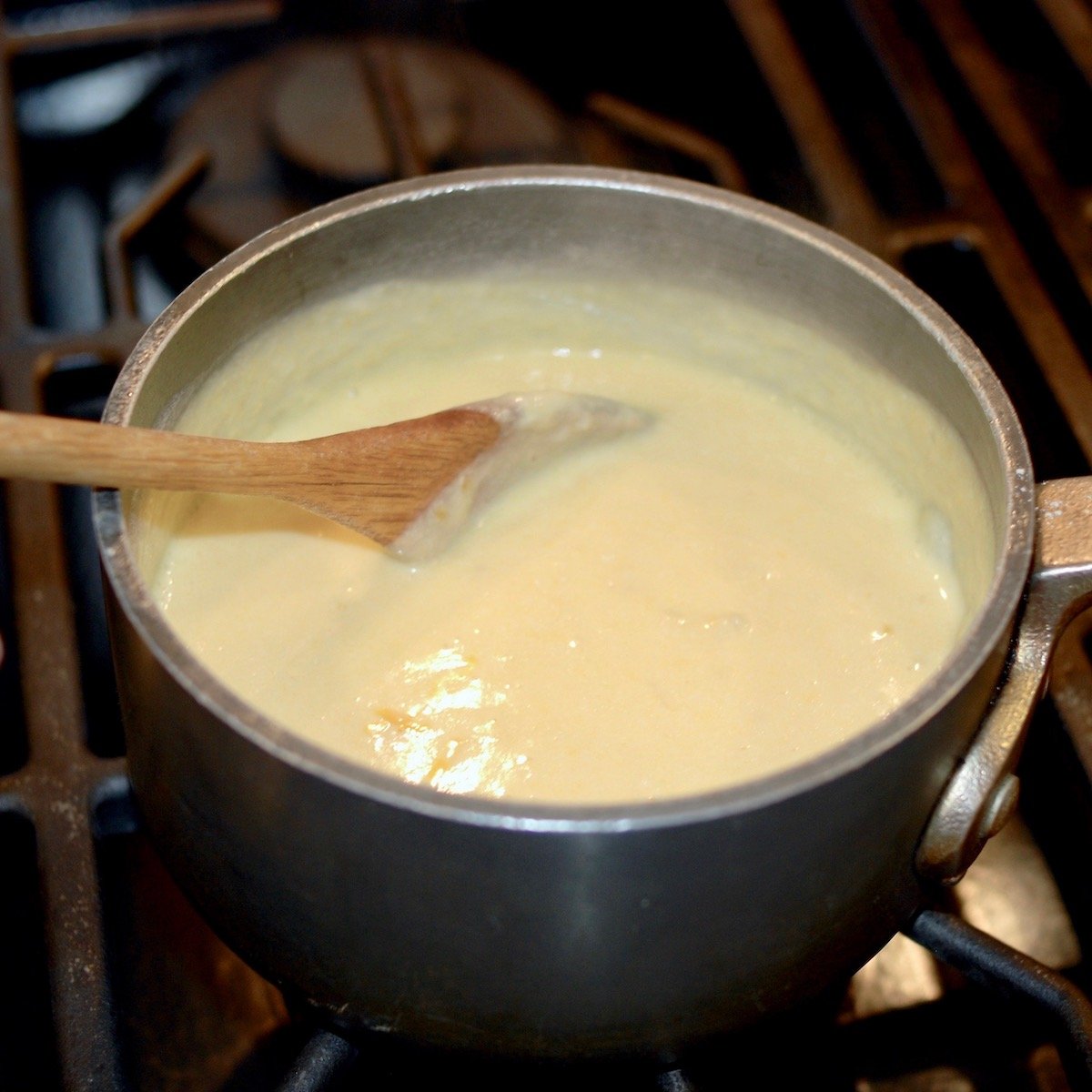
History
Mornay sauce is named after the Frenchman Philippe de Mornay, a 17th-century diplomat and writer. However, no definitive historical evidence directly links him to the sauce’s creation. The association with his name may have come about as a form of homage or due to his reputed fondness for rich, flavorful sauces.
It is essentially a variation of the classic Béchamel sauce, and its roots can be traced back to the broader history of French cuisine. Béchamel itself is one of the five mother sauces in classical French cuisine, as classified by the renowned chef Auguste Escoffier. These mother sauces serve as the foundation for various derivative sauces.
The addition of cheese to the Béchamel to create Mornay likely evolved as chefs sought to enhance the flavor and versatility of their sauces. Today, Mornay sauce remains a popular and delicious component in many French and international dishes.
Monty Python’s Flying Circus
Let’s not forget the classic line about spam from the Monty Python cafe skit, with the Vikings in horned helmets and the waitress saying, “or Lobster Thermidor, a Crevette with a Mornay sauce served in a Provencale manner with shallots and aubergines garnished with truffle pate, brandy, and a fried egg on top and spam.”

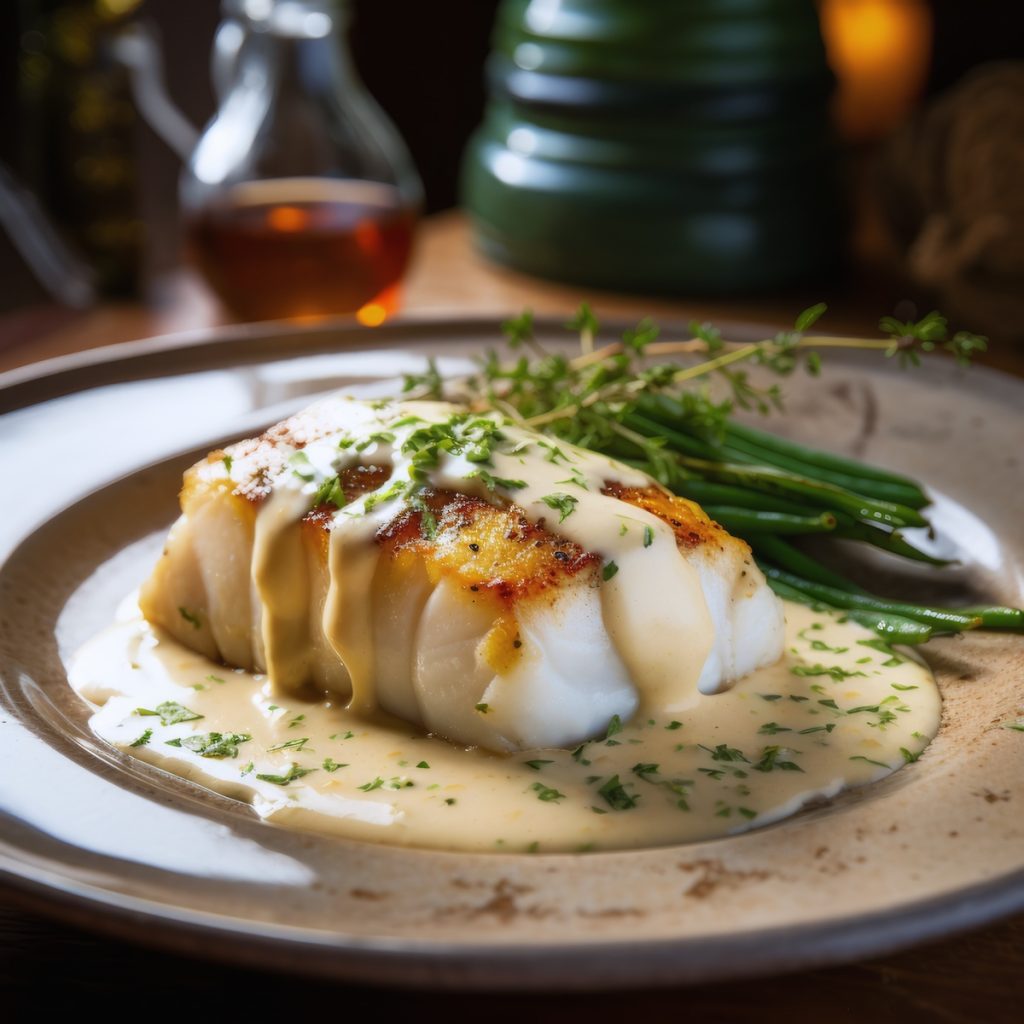
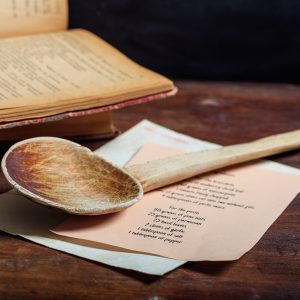


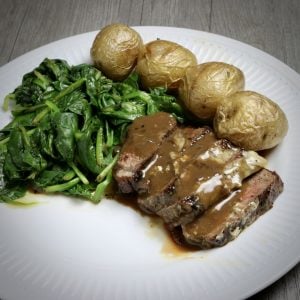

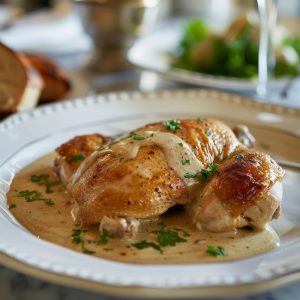
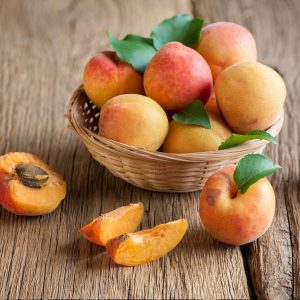
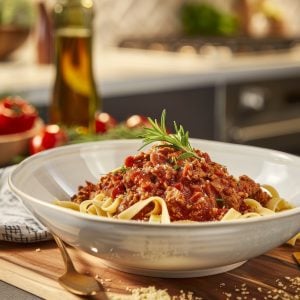
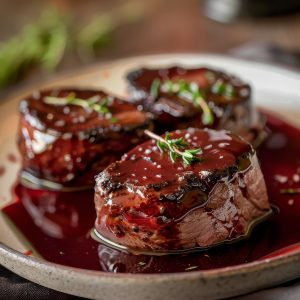
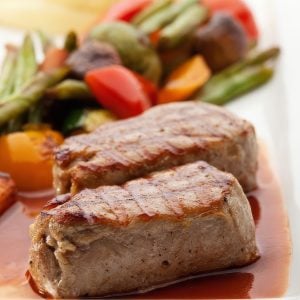


17 Responses
You’ve omitted the mustard and egg yolk which, if you’re making sauce mornay, are essential ingredients otherwise what you’re making is a common or garden cheese sauce.
Hi Willie, I’m sure the addition of mustard and egg yolk is fantastic after reading your email I searched for another Mornay sauce recipe with those ingredients and couldn’t find any. Can you send me your source so I can fix this post? Thanks
Willie may be partially correct. The classic bechamel doesn’t have either of those ingredients; but in the Original 1896 Fannie Farmer cookbook there is an entry for a yellow bechamel sauce. This variation calls for adding three beaten egg yolks to two cups of bechamel.
I went to culinary school and we didn’t add mustard or eggs to our mornay?
Agreed, also a culinary school grad and egg/mustard are not taught as ingredients to Mornay. But we did learn that proper Mornay is Swiss, Guyere and Emmental in bechamel.
2-yr Culinary School Grad also, Mornay is roux and whatever Cheese Enhamces your final dish. From there, the Cook is the Pilot for fimal presentation. The Formula is spot on, though. Thx
I believe that you may have confused this with Bernaise Sauce which has egg yolks and mustard.
cheffed 46+ years NEVER used egg or mustard in a Mornay – Not in Escoffier’s recipe either!
I’m no connisoir, just an Aussie who grew up on old fashioned (turn of the 18th-19th century learnt) British migrant cooking. Understandably, my mum learnt from her mum, but to cut a long story short, Mac was a cheese sauce & Mornay had more tang ….. but there’s more than one type of Mornay eh.
This recipe comes from Cooks.com and is the only one with mustard and egg yolks I’ve seen. There are probably a few more such recipes;
MORNAY SAUCE
1 1/2 c. med. Bechamel or Veloute Sauce
1/4 to 1/2 c. grated Gruyere, Swiss or sharp Cheddar cheese
1/4 c. grated Parmesan cheese
1 1/2 tsp. Dijon mustard
3/4 tsp. dry mustard
2 egg yolks, beaten
Place Bechamel or Veloute Sauce in small heavy bottomed saucepan over low heat. Stir in cheeses and mustards. Add small amount of hot sauce to egg yolks, beating constantly. Return yolk mixture to sauce and blend thoroughly with whisk. Over low heat, bring sauce just to boiling point. Makes about 2 cups.
With the addition of some sherry or marsala, you have just provided the correct recipe for the ITALIAN Salsa alla Fiorentino. But you are correct; neither egg nor mustard belong in a mornay. That said, neither does cheddar. This recipe (from the O.P.) is for a perfectly fine cheese sauce…bit NOT a mornay.
So for a french receipe some 400 years old the only expert is an american from 200 years ago.
Mustard and egg yolks maybe… but your sauce was fantastic! Thanks and I look forward to checking out your other recipes!
Added some garlic and served over seafood scollops. was a hit. will use again.
I learned a recipe with mustard but withour egg yolks, a vey long time ago. It was a recipe for broccoli baked in a cassarole with mornay sauce topped with toated parmesan, and the mustard was part of the flavor. I have been cooking it that way for over 40 years, but I can’t remember where I saw the recipe.
Amazing Monray sauce can’t wait to use it in my restaurants!
While that is a perfectly fine cheese sauce (béchamel with cheese), it is NOT a mornay.
I graduated from a classic culinary school in Europe (not a modern, American “we can make it faster & cheaper” culinary program) over 35 years ago, and have worked in many continental hotels and the Royal Albert Hall.
A mornay is made with milk AND heavy cream, which has been steeped with a clove-studded onion and a bay leaf. It is traditionally made with gruyere, or a combination of Gruyere and a semi-hard alpine cheese, such as Emmentaler or comté, or rarely, Parmigiano-Reggiano or even Fontina di Val d’Asta . Once you start adding cheddar or such, you’re making a cheese sauce…which is fine (I often make cheese sauce) but don’t fool yourself into thinking you’re making Mornay. The late chefs of Paris’ “Le Grand Véfour” restaurant, who introduced Mornay in the mid-1800s, would disapprove.